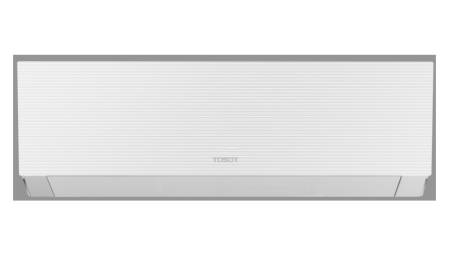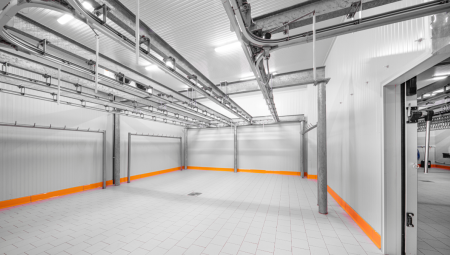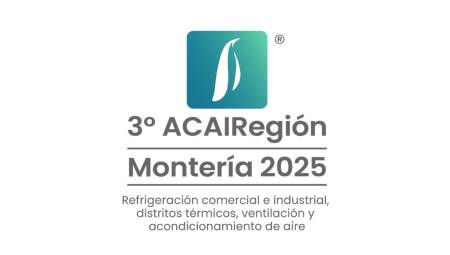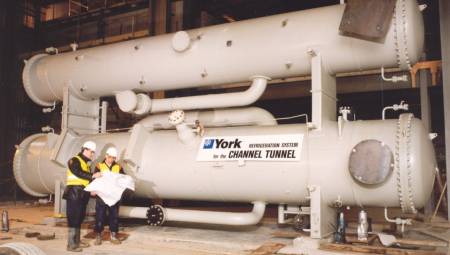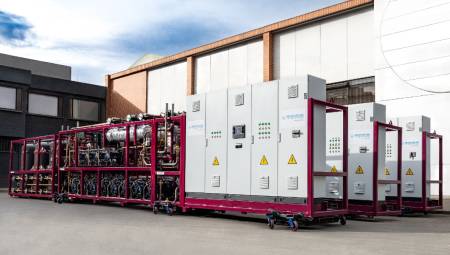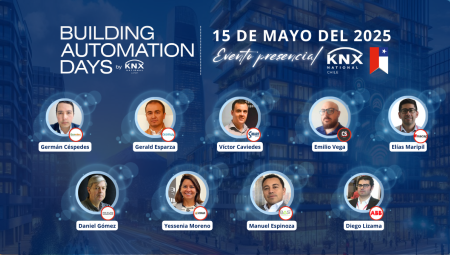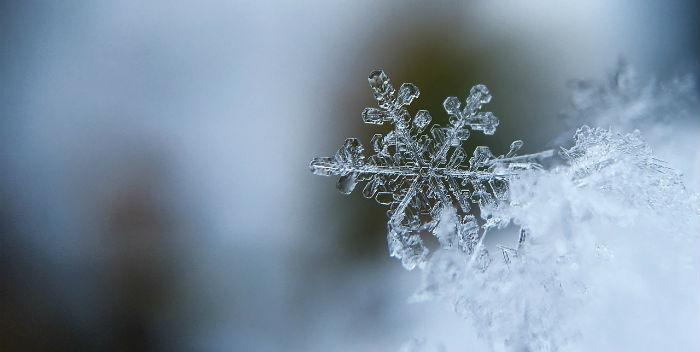 Two types of freezing analyzed deeply to determine the way in which they are achieved according to the type of product.
Two types of freezing analyzed deeply to determine the way in which they are achieved according to the type of product.
by: Ernesto Sanguinetti Remusgo*
From the results and experience over the years it is known that the rapid freezing of food better preserves its initial quality over time.
Rapid freezing causes small ice crystals to form within the structure of foods such as meats, hydrobiological products, fruits (it is preferred to freeze fruit pulp), vegetables, pre-cooked foods and others, which keep intact the original structure of these.
Slow freezing, on the other hand, causes large ice crystals to form that produce cell deformations and breaks that in many cases are irreversible.
The following terms are used to define the types of freezing:
1.- Ultra-fast freezing that can last from 5 to 60 minutes, where cryogenic fluids must necessarily be used that are sprayed directly on the food inside a cabinet or "tunnel" specially prepared for these processes.
Liquid nitrogen at -196ºC and also liquid carbon dioxide at -80ºC are used.
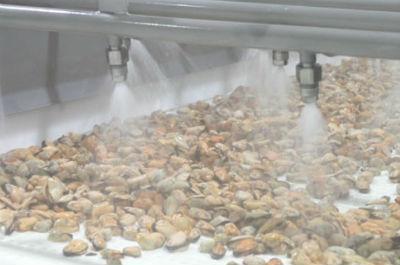
Figure 1: Quick-frozen hydrobiological products
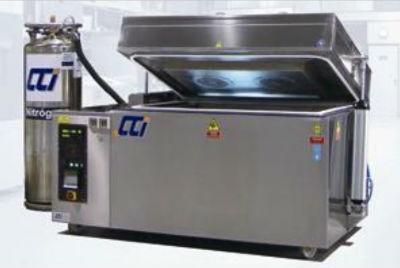
Figure 2: Freezer with liquid nitrogen
2.- Quick freezing that can last from 60 minutes to 360 minutes. It is done in three ways: a) With cryogenic fluids directly sprayed on food products, as in the previous case.
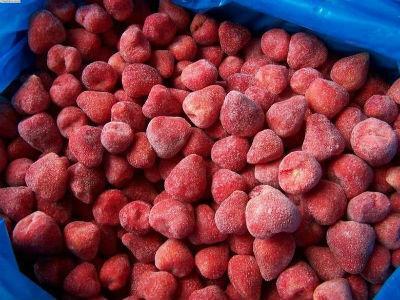
Figure 3: Quick-frozen strawberries
b) With refrigeration machines that perform indirect cooling because the circulating refrigerant fluid does not have contact with food products but cools the metal walls of the evaporator and the products stick to these metal walls (plate freezers).
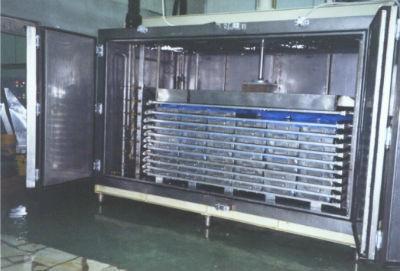
Figure 4: Plate freezer
c) With refrigeration machines that also perform indirect cooling, because the circulating refrigerant fluid does not have contact with food products, but cools the air and that air, at high speed driven by fans, is the one that cools food products (freezing tunnels).
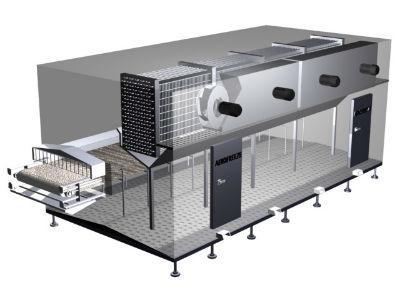
Figure 5: Continuous freezing tunnel with linear belt
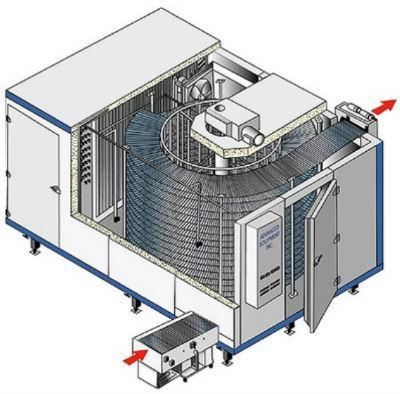
Figure 6: Continuous freezing tunnel with spiral belt
In all cases, furniture, cabinets or tunnels prepared for this purpose are used, having direct sprinklers with the liquefied cryogenic fluids mentioned above, or by refrigerant fluids such as R-22 (still used), R-404A, R-507, R717 or others that circulate inside the circuit of a refrigeration machine (commonly mechanical steam compression) to cool plates or air.
3.- Slow freezing that can last from 6 to 24 hours, which is done in the "tunnels" or freezing chambers that we know in most applications.
Refrigerants R-22, R-404A, R-507 and R-717 circulated within the refrigeration circuit of machines by mechanical steam compression are used to cool the air. The evaporator of the refrigeration machine has fans that drive the cooled air over the food products to freeze them. The less time we use in freezing, the closer we will get to the benefits of quick freezing.
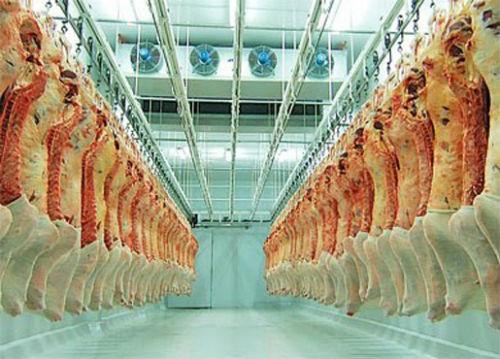
Figure 7: Meat freezing tunnel
In most applications, slow freezing is used because it is the least expensive from the point of view of the cost of acquiring the machine as well as the cost of energy. The faster we want the freezing to be, the higher the cost of the refrigeration equipment and the higher the cost of the energy consumption required by the motor that drives the compressor of the equipment, which leads to a greater consumption of electrical energy. But what is undeniable: Quick freezing provides high-quality frozen products.
The temperature behavior in the product is graphically shown:
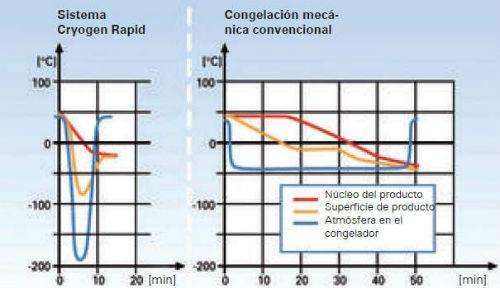
Figure 8: Trends of temperature behavior in the product according to surrounding temperature
Influence of freezing speed
All foods are formed by a cellular structure that is very important to know to know the effects they have when subjected to refrigeration processes and especially to freezing processes. We have to know what the cell is.
A cell is the morphological (shaped) and functional unit of every living being. In fact, the cell is the smallest element that can be considered alive and living organisms can be classified according to the number of cells they possess: if they only have one, they are called unicellular (such as protozoa or bacteria, which are microscopic organisms); if they possess more, they are called multicellular. In the latter the number of cells is variable: from a few hundred, as in some very small beings (nematodes), to hundreds of trillions, as in the case of us humans.
Cells usually have an average size of 10 μm and a mass of 1 ng, but there are much larger cells. ( 1 μm = 1 micron = 0.001mm , 1 ng = 1 nanogram = 0.000000001grams)
All organisms are composed of cells, and all cells derive from other precedents. In this way, all vital functions emanate from the cellular machinery and the interaction between adjacent cells; In addition, the possession of the genetic information that is the basis of inheritance in their DNA allows the transmission of that from generation to generation.
There are two major cell types: prokaryotes (which comprise the cells of archaea and bacteria) and eukaryotes (traditionally divided into animals and plants, which also include fungi and protists, which also have cells with characteristic properties).
Cells, as complex thermodynamic systems, have a series of common structural and functional elements that enable their survival, however, the different cell types present modifications of these common characteristics that allow their functional specialization and, therefore, gain in complexity. In this way, cells remain highly organized at the cost of increasing the entropy of the environment, one of the requirements of life as we know it.
They have structural or morphological characteristics:
Individuality: All cells are surrounded by an envelope (which can be a bare lipid bilayer, in animal cells; a polysaccharide wall in fungi and plants; an outer membrane and other elements that define a complex wall, in Gram-negative bacteria ; a peptidoglycan wall, in Gram-positive bacteria; or a wall of varied composition, in archaea that separates them and communicates with the outside, which controls cellular movements.
They contain an aqueous internal medium, the cytosol, which forms most of the cell volume and in which the cellular organs are immersed.
They possess genetic material in the form of DNA, the hereditary material of genes and containing instructions for cell functioning.
They have enzymes and other proteins, which support, along with other biomolecules, an active metabolism.
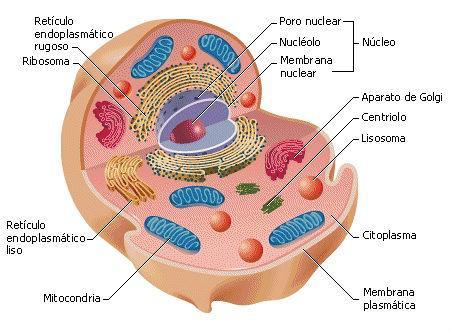
Figure 9: Structure of an animal cell
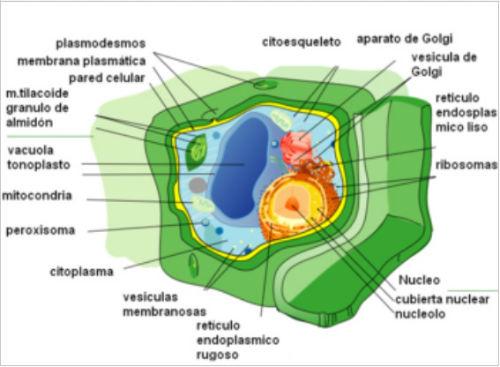
Figure 10: Structure of a plant cell
They have functional characteristics:
Living cells are a complex biochemical system. The characteristics that allow to differentiate the cells of the non-living chemical systems are:
Nutrition: Cells take substances from the environment, transform them from one form to another, release energy and eliminate waste products, through metabolism.
Growth and multiplication: Cells are able to direct their own synthesis. As a result of nutritional processes, a cell grows and divides, forming two cells, into a cell identical to the original cell, through cell division.
Differentiation: Many cells can undergo changes in form or function in a process called cell differentiation. When a cell differentiates, some substances or structures that were not previously formed and others that were are formed cease to form. Differentiation is often part of the cell cycle in which cells form specialized structures related to reproduction, dispersion, or survival.
Signaling: Cells respond to chemical and physical stimuli from both the external and internal environments and, in the case of mobile cells, to certain environmental stimuli or in the opposite direction through a process called chemotaxis. In addition, cells can often interact or communicate with other cells, usually through chemical signals or messengers, such as hormones.
Evolution: Unlike inanimate structures, single-celled and multicellular organisms evolve. This means that there are hereditary changes (occurring at low frequency in all cells on a regular basis) that can influence the overall adaptation of the cell or higher organism in a positive or negative way. The result of evolution is the selection of those organisms best adapted to living in a particular environment.
What happens when you cool or freeze a food product?
From the above we can say that the cellular structure consists of the following:
A) A central nucleus that contains the genetic information that controls its reproductive processes and vital development.
B) The basic substance of the cell or cytoplasm, composed of water, carbohydrates, proteins and others
C) The cell membrane, which in the case of animal cells, is composed of a series of lipoprotein layers; and that in the case of plant cells, a layer of cellulose can also intervene to give consistency to the cell. Flagella, which are like tiny tentacles attached to their outer surface, serve single-celled organisms to move in their vital environment as is the case with bacteria.
The cell membrane is fundamental for the life of the cell since it allows nutrients to pass inside and allows the exit of toxic substances resulting from its metabolism. It has a selective permeable function and is very important during the processes of cooling and freezing food.
To better understand the changes that occur in the cellular structure of food, it is important to know where water is located:
We find water linked to proteins, lipoproteins, and others, which undergo virtually no changes during cooling or freezing.
We find water retained in the cellular and intercellular structures that will be transformed into ice crystals during the cooling process when it reaches below 0ºC and the freezing process begins.
When freezing is slow, the retained water freezes to form large crystals, but the water retained inside the cells and the water retained in the intercellular spaces must be differentiated.
The water retained in the intercellular spaces has a lower concentration of nutrients than that existing inside the cells; therefore, it freezes earlier, causing the extracellular fluid to concentrate on nutrients, which causes an outflow of water from the surrounding cells to compensate for that concentration. This causes a concentration of the cells, a dehydration and denaturation of the proteins contained in them and rupture of the cell membrane. In short, there is a breakdown of the cellular structure of food.
When freezing is very fast (as when liquid nitrogen is used) the water present inside the cell freezes to form small crystals, before extracellular crystals are formed. This preserves the cellular structure of the frozen product.
The most frequently used freezing is between these two extremes.
* Eng. Ernesto Sanguinetti Remusgo - Engineering Division Manager -COLD IMPORT S.A.- Lima - Peru. [email protected]



